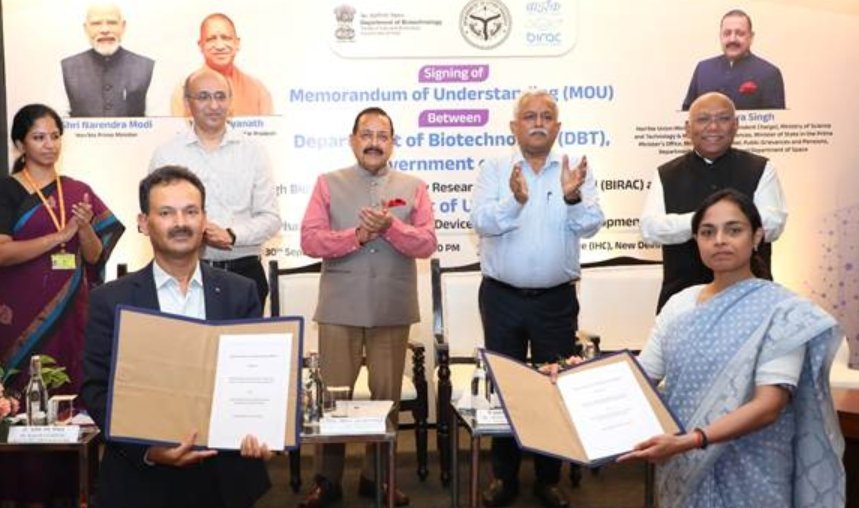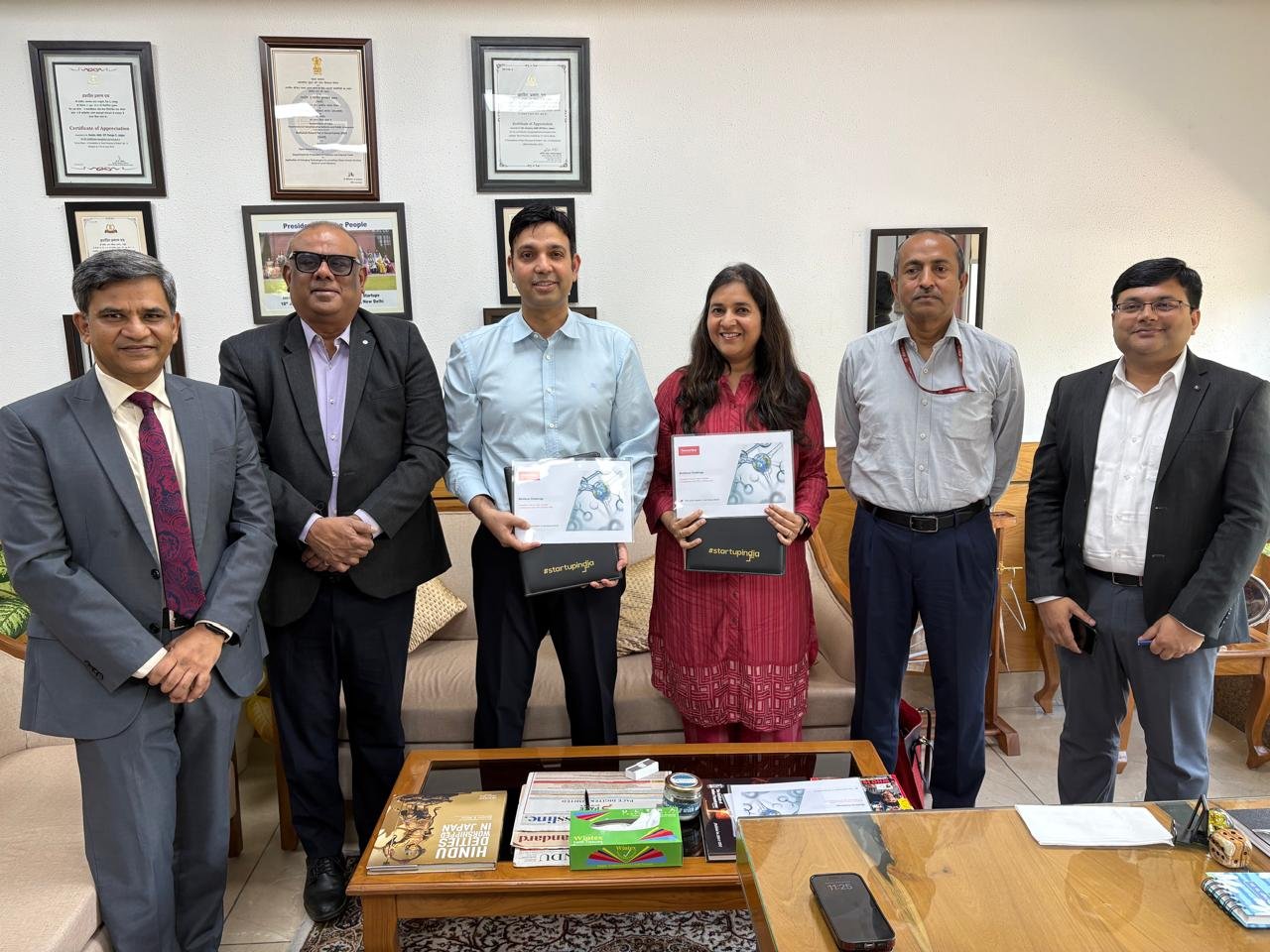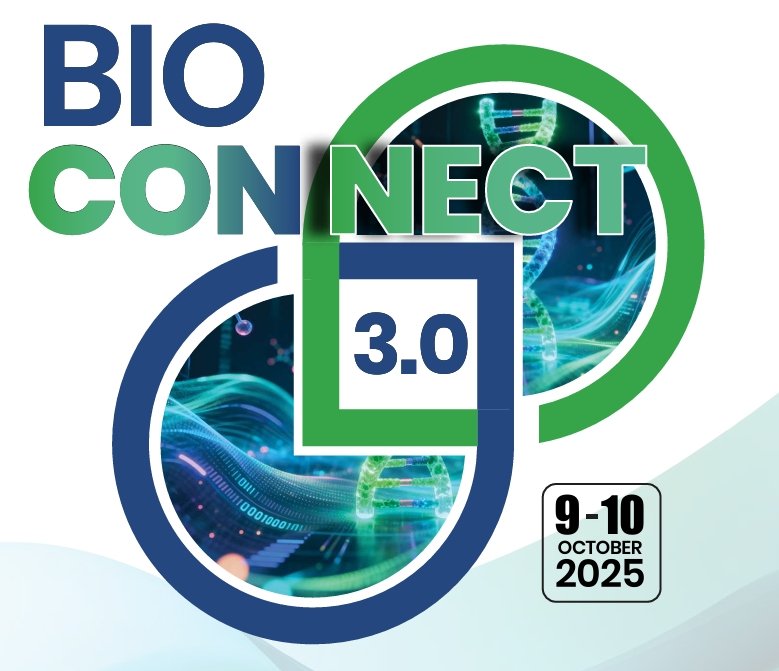Myko Tech develops process to produce water soluble melanin
January 28, 2013 | Monday | News | By Narayan Kulkarni
Myko Tech develops process to produce water soluble melanin
Dr S. Raghu Kumar, Managing Director, Myko Tech
Goa based Myko Tech, having a large culture collection of microorganisms with the aim of exploring for nutraceuticals, pharmaceuticals and enzymes to improve human health and environment, has developed a process to produce water soluble melanin from a fungus and has filed a patent for the technology. Myko Tech has been collaborating with the Bhabha Atomic Research Centre (BARC), Mumbai to study the effect of its melanin in protection against gamma radiation.
Dr S. Raghu Kumar, Managing Director, Myko Tech said, " There is presently great interest in studying melanin pigment for its gamma radiation protective properties. And our research findings have been published recently (Toxicology and Applied Pharmacology 264 (2012) 202-211). And these exciting studies indicate that when mice were exposed to 7 Gy of whole body gamma radiation, Myko Tech's melanin provided substantive prophylactic and mitigative activities at a dose of 50 mg/kg body weight."
The melanin inhibited radiation-induced hematopoietic damages and reversed radiation-induced decrease in ERK phosphorylation in splenic tissue. The melanin further prevented apotosis in splenic tissue and increased the expression of proliferation markers. Myko Tech' melanin also reduced the oxidative stress in hepatic tissue and abrogated immune balance.
Dr Raghu Kumar, further said, " These results show that Myko Tech's melanin is a very effective radio protector. Myko Tech's process provides a natural, human hair-like melanin from a microbial source in large amounts at highly economic yields. While further research is needed to put melanin into actual use for gamma radiation protection, the present study of BARC and Myko Tech show great potentials. "
Myko Tech, which is an ideal partner for screening highly diverse fungi and bacteria for a wide range of biotechnological applications, has couple of firms such as Sea6 Energy, Chennai and Sigma-Aldrich, Bangalore as its customers. MykoTech's team has discovered several fungi new to science from the Western Ghats forests of India. These findings have been reported in two papers published in the International Journal Mycotaxon. Such fungi are potential sources of novel metabolites.










